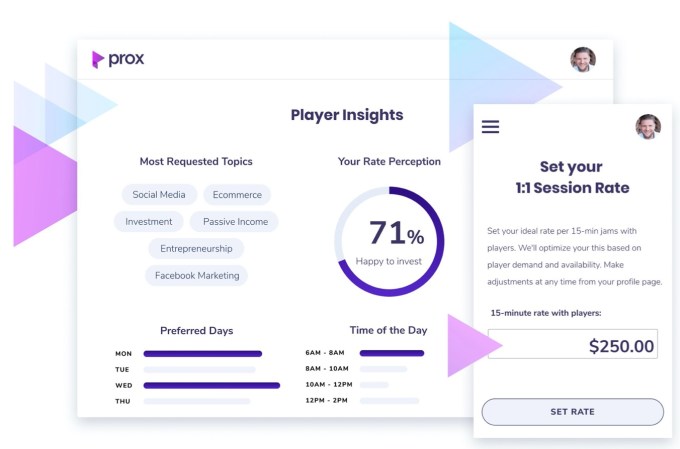There have been a couple of articles published in the last two days reporting on an impromptu sweep that took place outside of a venue we are using for our TechCrunch Disrupt event in San Francisco this week. We wanted to detail what we know about what happened and the steps that are being taken to make this right.
This week we are hosting a virtual version of our TechCrunch Disrupt conference from a studio in San Francisco. In order to stage the show we rented a venue from a company named Non Plus Ultra.
Yesterday we were informed by Non Plus Ultra that a reporter had reached out to ask about a sweep that had taken place in the early hours of last Thursday morning before our team arrived. This was the first time we had heard about Non Plus Ultra having coordinated an unsanctioned sweep outside of their building.
This was not an action that we asked Non Plus Ultra to perform and is not something that we would ever ask them to do. Upon further investigation, we discovered that belongings and personal effects had been removed or discarded by a private company hired by Non Plus Ultra.
This is absolutely unacceptable, and we’re working to take immediate action. First, we will no longer be working with Non Plus Ultra at any of their venues in San Francisco for any TechCrunch event in the future.
In addition, Non Plus Ultra has committed to working with local partners Community Housing Partnership, and DISH to support the homeless community on 12th Street. They are also committing to set up a system to replace or, where possible, return property to the people who were unfairly targeted by this sweep. TechCrunch will ensure that Non Plus Ultra follows through on these commitments.
The city of San Francisco continues to struggle with a housing crisis and a large houseless population. Our neighbors who are living on the streets are suffering even more as they endure a pandemic and hazardous air quality from the California wildfires.
Everyone deserves to be treated with compassion and humanity, regardless of how or where they live. TechCrunch focuses on technology and the economy that drives it; much of that economy is centered in and around the Bay Area.
Many of us live in San Francisco and in the surrounding areas and we feel it is our basic duty as humans to see that our events benefit the community and do no harm to our neighbors.
To those affected by this situation we are deeply sorry. We will make every effort to see that this is made right.
Thank you.




